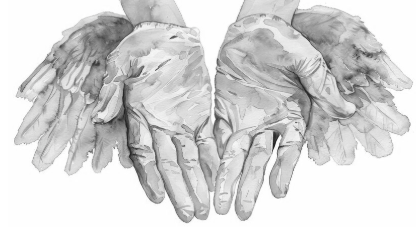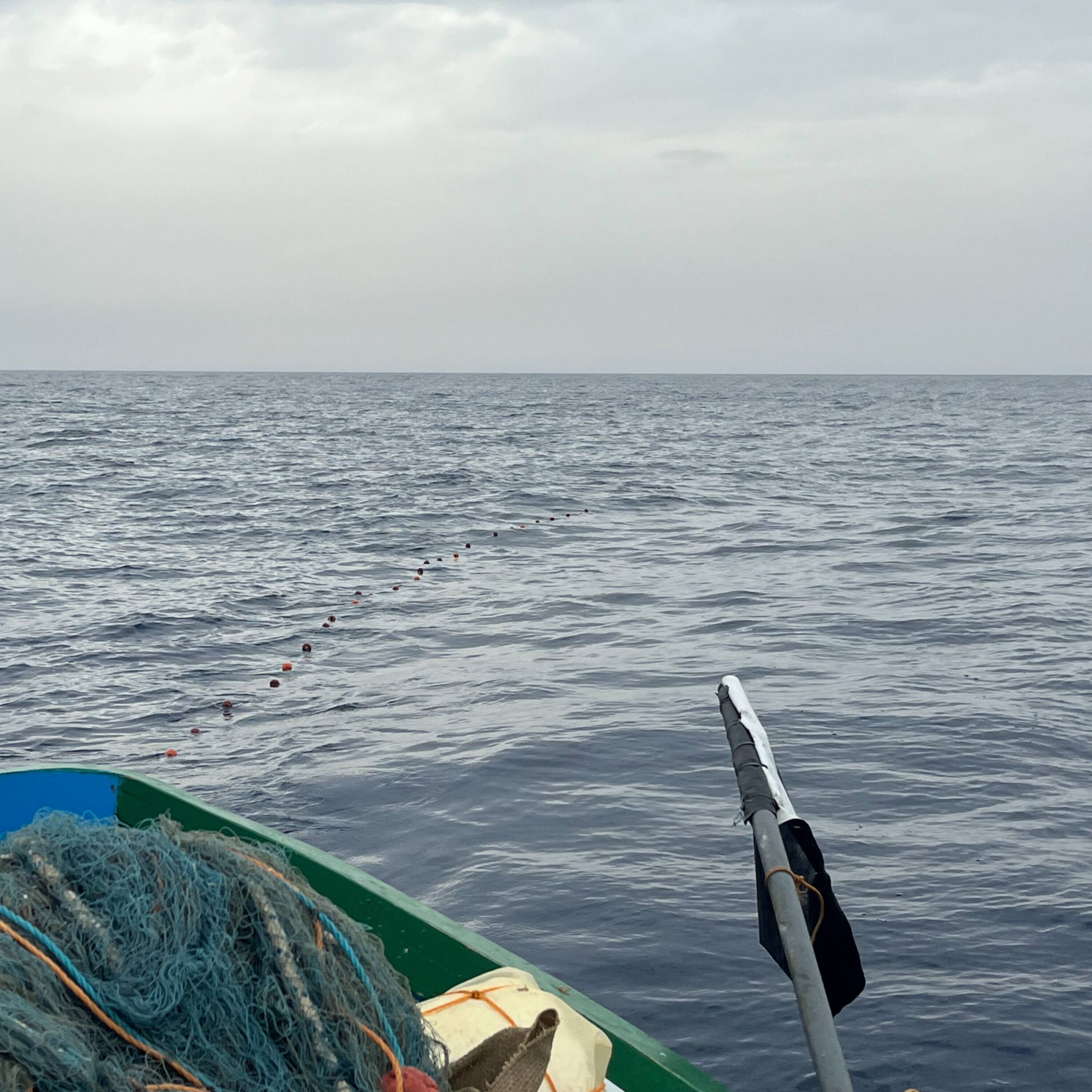January 28th 2025

Nathalia Harris
nathalia.e.harris@berkeley.eduAs a Cal anthropology undergraduate, I am grateful for the opportunity to serve indigenous communities and promote cultural preservation. My archaeological focus explores low – impact applications of technology that empower communities to protect their cultural heritage. Driven to the gap between technology and cultural advocacy, I hope to foster sustainable practices that uplift diverse voices in our field.

Rory Hinkle
roryhinkle@berkeley.eduA transfer student from Sonoma County, focusing his studies on biological anthropology and archaeology at UC Berkeley as an Anthropology major.

Milka Kallie Grenier
greniermilka@berkeley.eduAn Anthropology and Art History undergraduate at UC Berkeley, focusing on socio-cultural and museum studies.

Jessica Gallup
jessicamichelle@berkeley.eduOriginally from Oahu, I am deeply inspired by the natural beauty of the Island, which has nurtured my love of the outdoors.
LiDAR (Light Detection and Ranging) technology integrated with iPhone or iPad Pro 12 and up, the Scaniverse app, and CloudCompare software for post-processing provide an accessible, efficient, and versatile solution for 3D scanning and data preservation. This project highlights the use of this technology to capture, analyze, and digitally preserve objects, natural features, and spaces, with applications ranging from personal artifact preservation to ecological monitoring and cultural heritage protection.
In Professor Sunseri’s seminar ANTHRO196 Low-impact, Non-invasive Archaeological Methods, our collaborative group project goal was to further enhance the democratization of this novel archaeological technology by developing a video workflow. Our workflow focused on data collection with the Scaniverse App and data processing with the software CloudCompare.
The iPhone Scaniverse app is featured to scan objects and spaces, enabling detailed digital replication for various applications. For example, scanning personal items or artifacts can help preserve cultural identity and history, while ecological uses include capturing natural features like fallen conifer branches to estimate forest fuel loads for drought and fire risk studies. Landmarks such as Founders Rock at UC Berkeley can be digitized to document their cultural and historical value, aiding restoration and protection planning. This process supports environmental monitoring, cultural preservation, and historical documentation.
The free post-processing software CloudCompare refines the collected LiDAR data by aligning point clouds, reducing noise, and generating detailed meshes. These enhancements improve the usability and accuracy of the 3D models, allowing for advanced analysis, visualization, and sharing. Combining intuitive data collection with robust post-processing ensures that high-quality outputs can be achieved without requiring extensive expertise or expensive equipment.
Integrating iPhone-based LiDAR scanning with user-friendly software democratizes 3D scanning technology, making it accessible to researchers, conservationists, citizen scientists, and community members. The ability to create detailed digital archives has broad implications for preserving physical and natural assets, fostering collaborative efforts, and promoting sustainable management. This emerging technology holds great promise, with applications spanning cultural heritage preservation, environmental monitoring, disaster mitigation planning, and many other fields of study, such as medicine, engineering, and earth sciences.
This project granted us firsthand experience working with community partners and contributing to local communities immediate needs, illuminating professional pathways within the archaeological sector. Furthermore, it gave us insight into the research opportunities at UC Berkeley as undergraduate students. Our project, while a significant step forward, still presents opportunities for further exploration and improvement through the URAP programs proposed by Professor Jun Sunseri in the Bear Bones Lab. If you are interested in participating in or contributing to this and future work, look into the URAP opportunities at https://urapprojects.berkeley.edu/.



